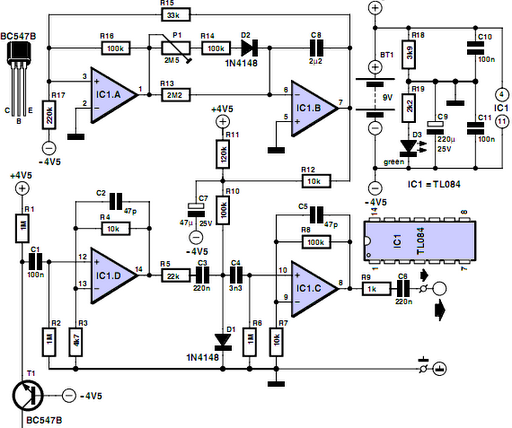

To place a component or wire, just click on the “Draw” menu, and select the part. While there are other applications that do the same thing (such as SPICE, Qucs, or TINA), this one runs on Javascript in the browser, and it’s extremely easy to use. In just a few minutes, you can build complicated circuits, and place probe points for virtual oscilloscopes, resulting in an easy to understand visual diagram that shows voltage and current flow through the circuit.
#BASE CIRCUIT IN PC1D SIMULATOR SIMULATOR#
Rather than take the time to build up a complicated SPICE simulation, there’s one tool that is perfect for quick circuit modeling: Paul Falstad’s Circuit Simulator Applet. I need to show them not just how the circuit diagram looks, but how the voltage and current flows through the various components. Occasionally, I’ll find myself trying to describe how a circuit works, and pencil and paper just won’t cut it. Subscribe to the premier DIY magazine todayĬommunity access, print, and digital Magazine, and moreĭaily Projects to Inspire the Joy of Makingĭeals and Steals for the Maker on Your Nice List Skill builder, project tutorials, and more On Maker Campus facilitated by makers but for everyone Get hands-on with kits, books, and more from the Maker Shed A project collaboration and documentation platform.Membership connects and supports the people and projects that shape our future and supports the learning initiatives for the next generation of makers.
#BASE CIRCUIT IN PC1D SIMULATOR FREE#


 0 kommentar(er)
0 kommentar(er)
